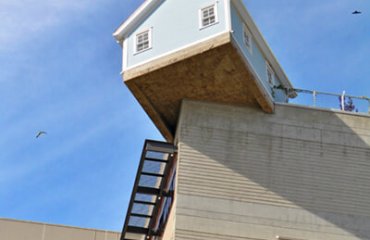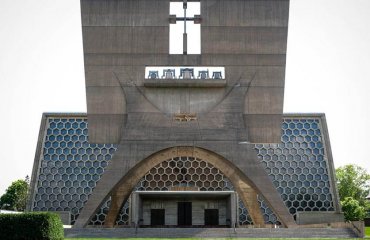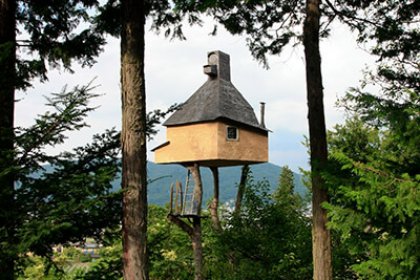
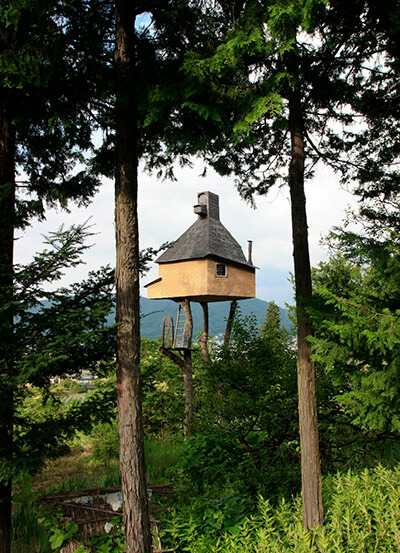
Takasugi-an by Kenta Mahuchi is licensed under CC BY-SA 2.0
Terunobu Fujimori, a Japanese architect, and architectural historian was virtually unknown until 1991 when he was asked to design a small museum. At first, he was reluctant to do so. His concern was that by becoming an architect himself, he might lose credibility.
Well, the museum was a success, and Fujimori has been producing one house a year since then. His buildings are often small, eccentric, and used as tearooms. His inspiration comes from a variety of sources such as sixth-century Japanese temples, the Callanish Stones in Scotland, Malian rammed-earth mosques, and European thatched cottages.
His fairytale homes utilize natural materials such as earth, plants, volcanic rock, and charred wood and speak to a more primitive way of life. Interestingly, his goal is not just making unusual homes but looking toward the future. In his 2107 project, he takes into account the recent earthquakes, tsunami, and Fukushima disaster to formulate a sweeping vision of what Japanese architecture will be in the year 2107.
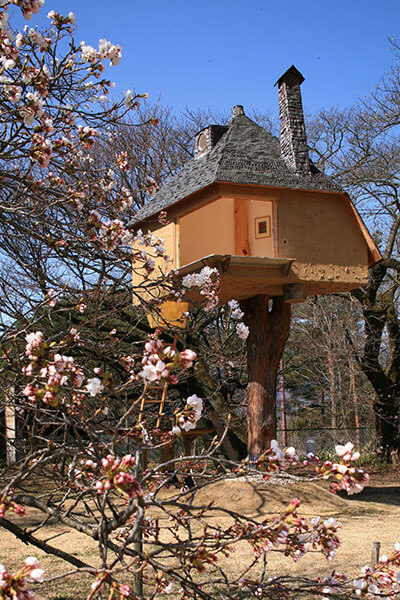
Exterior, Tetsu Teahouse by Terunobu Fujimori by Dana + LeRoy is licensed under CC BY 2.0
For more interesting small homes, read my post on Wikkelhouses. They are built from cardboard and last for at least 50 years!
Or discover more interesting Japanese architecture by checking out my posts on the Nakagin Capsule Tower and the Tower of Winds.


